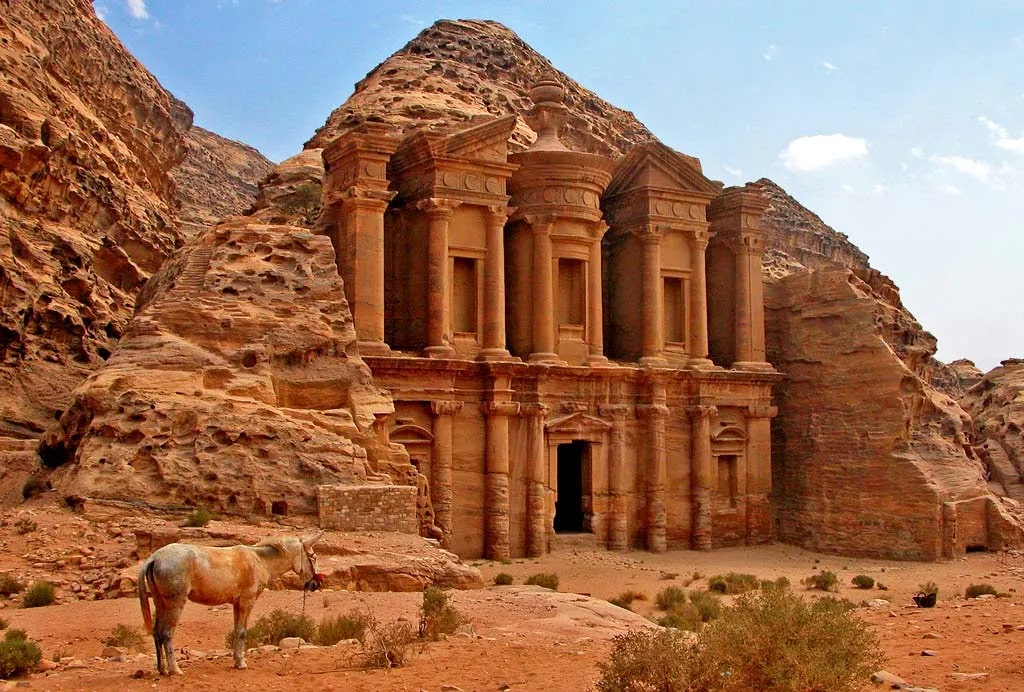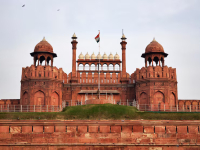Petra is an ancient city located in modern-day Jordan, known for its unique rock-cut architecture and water management system. It is considered one of the most famous and historically significant archaeological sites in the world, and was designated as a UNESCO World Heritage Site in 1985.
Petra is believed to have been established in the 4th century BCE by the Nabateans, an Arab tribe who controlled the trade routes in the area and became wealthy through taxing caravans that passed through Petra. The city was later conquered by the Roman Empire and continued to be a major trading center.
Petra is known for its elaborate rock-cut architecture, including the iconic Treasury (Al-Khazneh), a massive tomb carved into a sandstone cliff, and the Monastery (Al-Deir), a large structure similar to the Treasury but larger in size.
Petra's water management system is also notable, with a complex network of cisterns, dams, and channels that were used to collect and store water for the city's residents.
Today, Petra is a popular tourist destination and attracts thousands of visitors every year. Visitors can explore the ruins, including by walking through the Siq, a narrow gorge that leads to the Treasury, and climbing to the top of the High Place of Sacrifice, a nearby mountain with panoramic views of the city.






